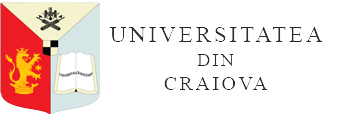THE DETERMINATION OF THE MOST OPTIMAL METHODS FOR THE IRRIGATION OF CROPS ON DIFFERENT SOIL TYPES
DOI:
https://doi.org/10.52846/aamc.v53i1.1498Abstract
Climate change due to multiple pollution problems (forest clearing, overgrazing, motor vehicle emissions, construction expansion, etc.), has led to increased global average temperature and reduced rainfall. Under these conditions, the mineralization of organic matter is intensified, the activity of soil microorganisms is reduced and implicitly decreases soil trophicity. These aspects further show the need to apply irrigation in the agricultural sector, rationalysing water, managing it and recommending the best methods of water distribution, on soils with different textural classes. In this regard, research was carried out on water permeability, on soils formed in different pedo-climatic conditions. Thus, three soil profiles were opened, in the Tecuci Plain, on a typical arenosoil, in the Dobrogea Plateau, on a calcaric chernozem and in the Gavanu-Burdea Plain on a chromic luvisol. Soil profiles were characterized morphologically and physico-chemically, soil samples were collected both in natural and modified settlement (metal cylinders). The physico-chemical analyses for the three soil types were determined within INCDPA laboratories Bucharest. Based on soil samples collected in metal cylinders, water permeability was determined using the ratio between the thickness of the soil horizon and the time of water infiltration. Depending on the permeability of the soil on the three different soil types, the most suitable and economical watering methods for the current climatic conditions have been established and recommended.


